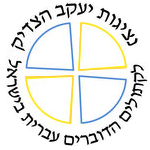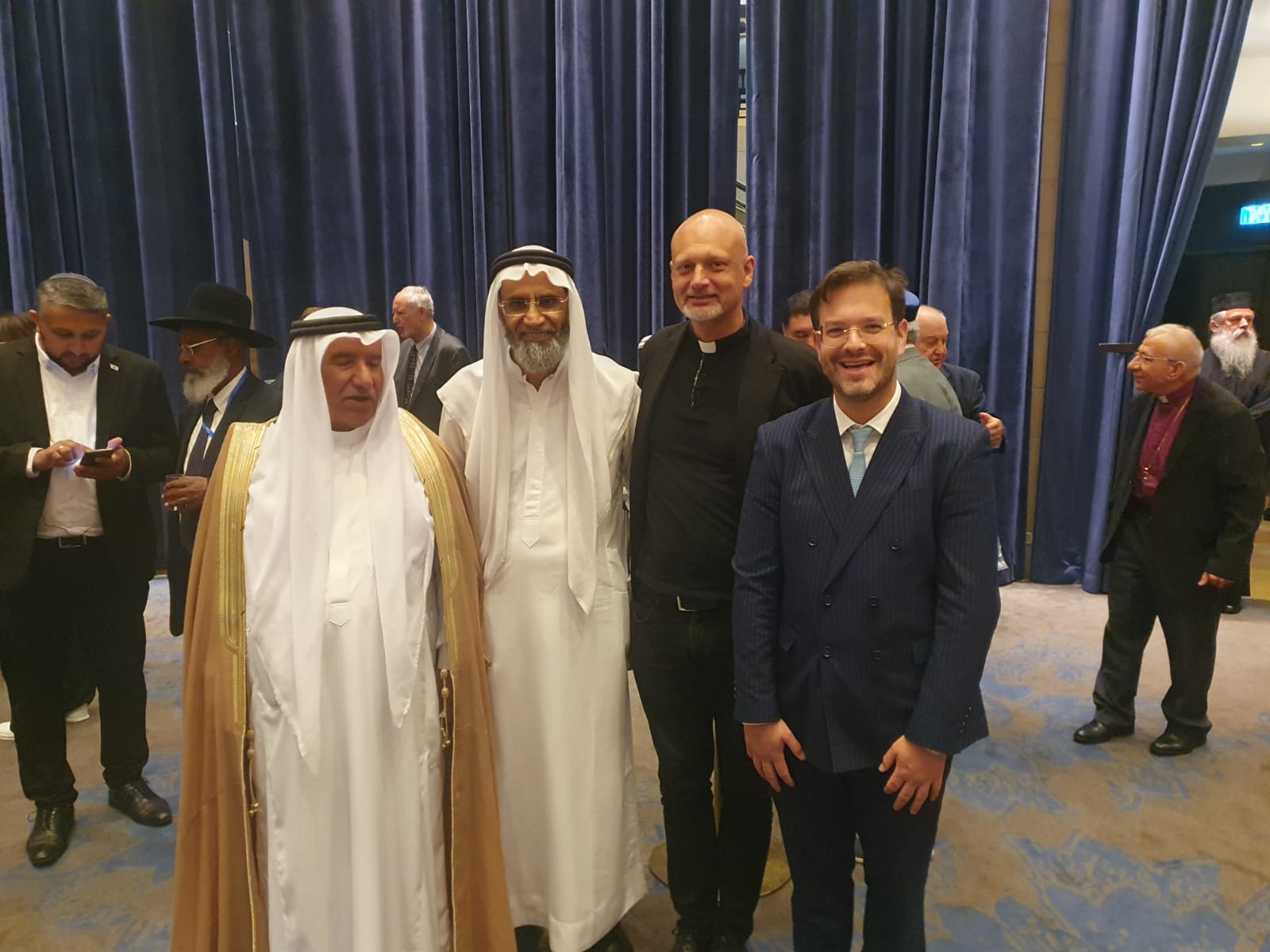About Hanukkah - The Interfaith Initiative in the Negev

The evening was dedicated to the theme: Hanukkah - with its stories and symbols - is apparently a challenge to supporters of interfaith tolerance. Can we deal with it? Is it possible to see in Hanukkah what we have in common and what brings us closer together?
Rabbi Elkana Cherlow spoke to answer these questions and we present here a brief summary of his words:
Briefly: Yes!
At length:
The holidays in the Jewish calendar are double-faced. On the one hand they are past-based. They have a dimension related to nature and agriculture connected to the Land of Israel and they have a historical layer with regard to events that have taken place in history. On both these two levels values, insights and meaning are constructed.
On the other hand, they are constantly shaped according to the situation of the Jewish people in its here and now. Each generation in its own period experiences the holiday in a slightly different way, which is expressed in traditions, laws and customs, songs and lived experience.
Hanukkah is an excellent example of this. The tension between the historical sources and those of the great Sages of Israel, the story of the battle and Hasmonean independence as opposed to the legend of the miracle of the oil, the ethos of heroic bravery versus the ethos of the sanctification of the name of God, etc. To this can be added the attention to the culture of light lighting festivals in the long nights of December together with the festival of the olive oil harvest These form the Hanukkah, with its many angles and various emphases.
Therefore, it is appropriate to place the focus of the holiday, and this can be a historical lesson, on the motif of light and hope and renewed thinking about relations among cultures, without fear of the slippery slope to the loss of identity.
It is well known that the attitude of the great Sages of Israel (Hazal) was not comfortable with the story of the Hasmoneans, whether because of the conversion of the Hasmonean kingdom to the Sadducee current of Judaism, because of Hazal’s resistance to rebellions (especially after the Bar Kokhba revolt) or perhaps because of their reservations about the fanatical behavior of the Maccabees, that in Hazal’s opinion ultimately brings destruction. Instead of the fire of the sword of zealotry, the nine-branched candelabrum of light was designed, which like the colors of the rainbow provides a place for difference and diversity, which seek to illuminate the world with goodness, patience and respect.












 Interreligious Prayer in Kfar Aza
Interreligious Prayer in Kfar Aza 5th International, Intercultural and Inter-religious Conference in Pitigliano
5th International, Intercultural and Inter-religious Conference in Pitigliano Religious Leaders Call For Peace
Religious Leaders Call For Peace Interreligious Meeting of Forum Tower of David
Interreligious Meeting of Forum Tower of David Israeli Values: 75 Letters by Religious Leaders
Israeli Values: 75 Letters by Religious Leaders Interreligious Meeting in Jerusalem
Interreligious Meeting in Jerusalem Round Table "Religious Leaders Unite for Peace"
Round Table "Religious Leaders Unite for Peace"